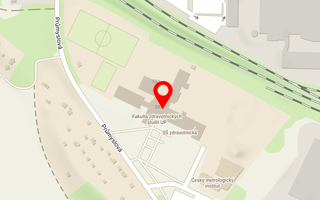Publikace detail
Rizikové faktory vzniku artrózy kolenního a kyčelních kloubu u pacientů indokovaných k totální endoprotéze
Autoři:
Holubová Marie | Čapková Martina | Jirásková Lucie | Šoukalová Kristýna
Rok: 2019
Druh publikace: článek v odborném periodiku
Název zdroje: Česká revmatologie
Strana od-do: 10-15
